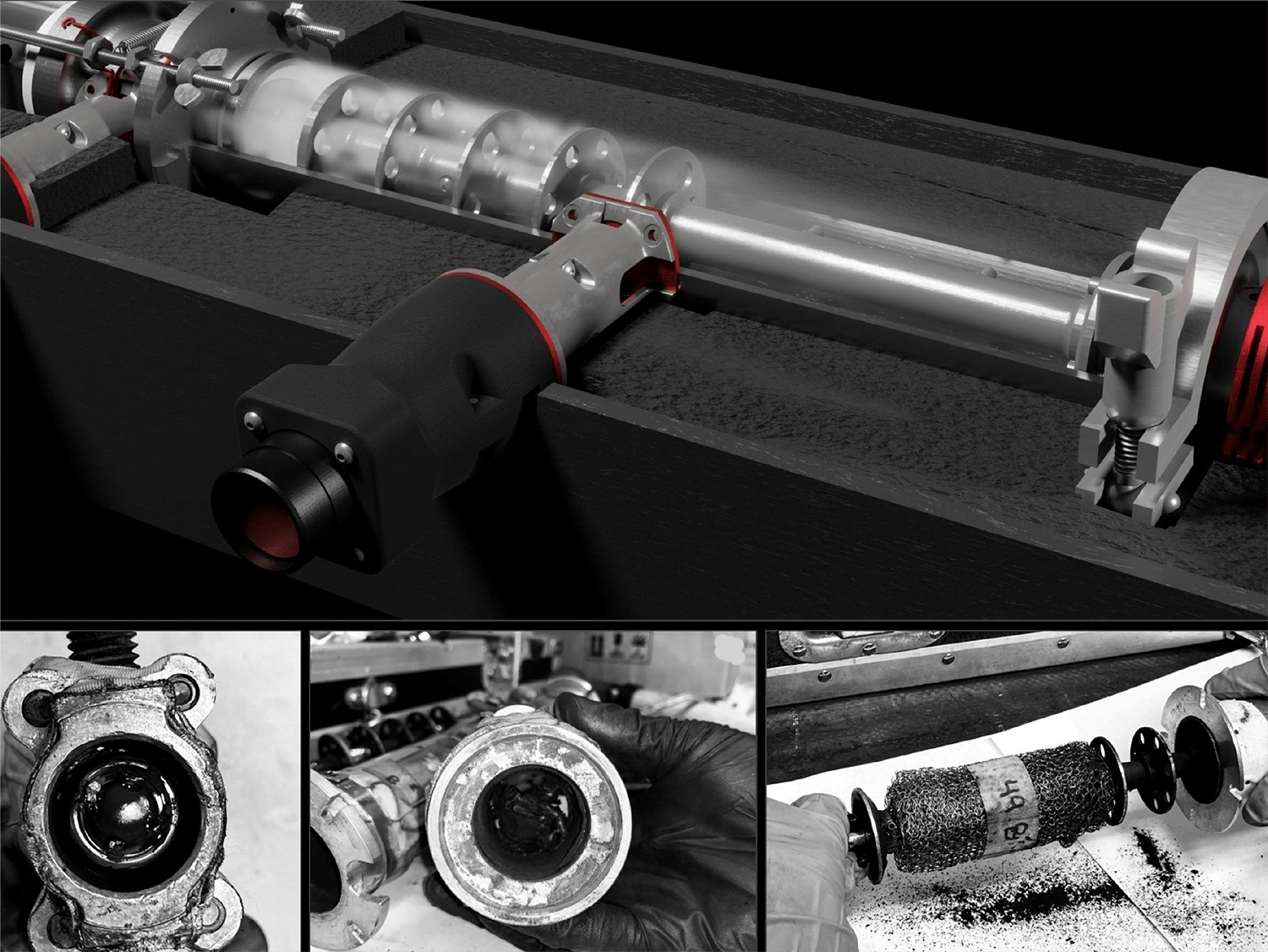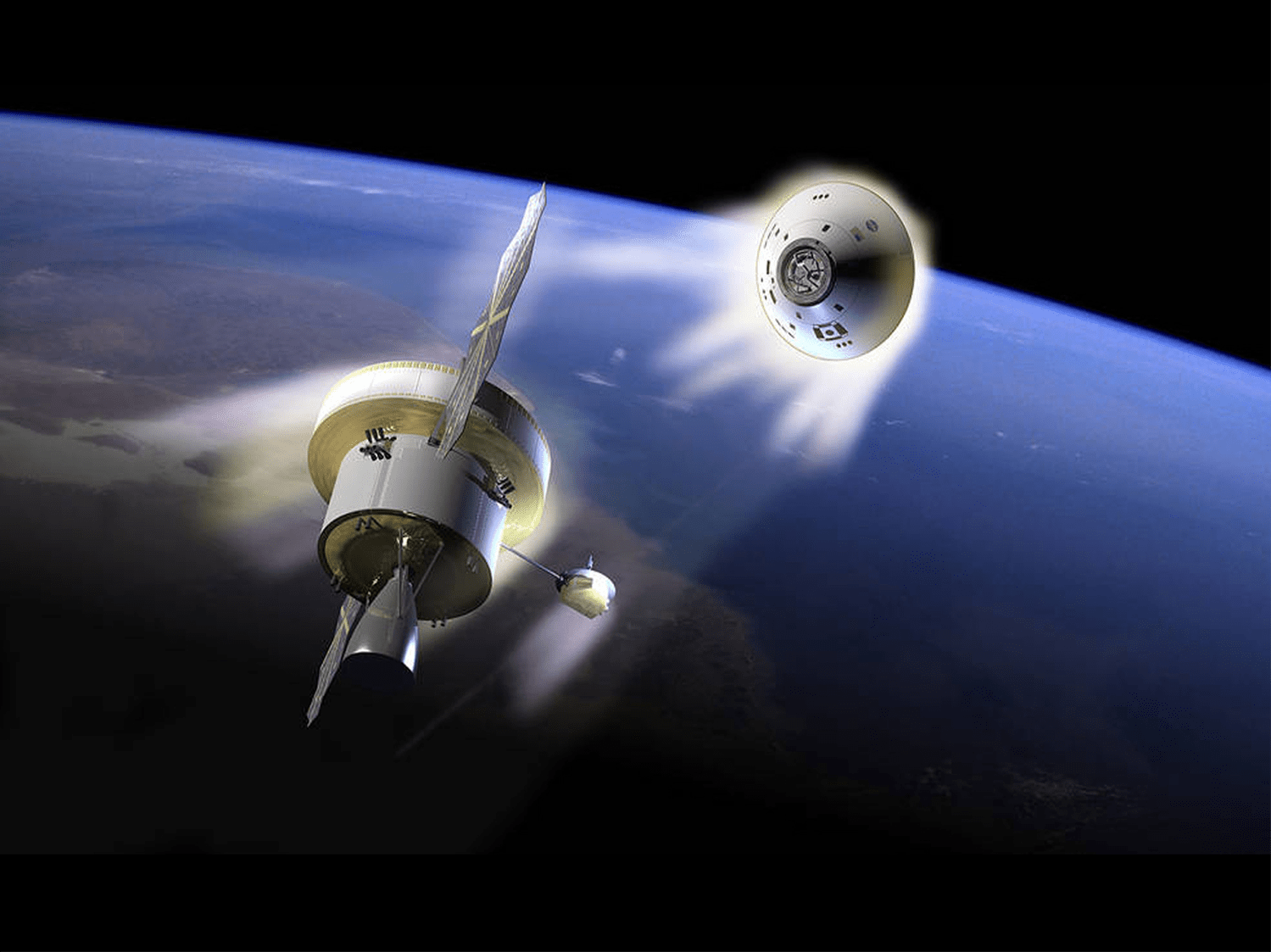
The NASA Commercial Invention of the Year Award is awarded to Johnson Space Flight Center's Cell Thermal Runaway Calorimeter.
The Small Fractional Thermal Runaway Calorimeter (S-FTRC) is an invention designed to measure the total thermal runaway energy yield of a small-format lithium-ion cell plus the fractions of energy leaving the cell via conduction and through vented gases and effluents.
The S-FTRC is a new, novel, and significant advancement in calorimetry for the study of lithium-ion cell thermal runaway and has been recognized by NASA, other Government organizations, industry, and some academic institutions in the U.S. and abroad as a tool to provide new insights into lithium-ion cell thermal runaway.
Lithium-ion battery technology is widely used throughout government, the military, industry and in a wide array of consumer products including cell phones, laptops, electric bikes, etc. But lithium-ion batteries are subject to a phenomenon known as thermal runaway whereby the cell releases its stored energy as heat more rapidly than can be dissipated. Media accounts of lithium-ion battery fires resulting from thermal runaway are common and chronicle damage, injuries, and even deaths.
In order to improve the safety of lithium-ion battery designs, engineers must know not only the total energy yield from these events but also how that energy leaves a lithium-ion cell. And given no two thermal runaway events are the same, understanding the variability inherent in this chaotic event is crucial if safe battery systems are to be designed. The S-2 FTRC is the only known calorimeter which can provide these data. Furthermore, given that no two thermal runaway events are the same, large quantities of data are required to quantify the variability expected from such events.
S-FTRC has demonstrated rapid turnaround time between tests allowing collection of statistically significant amounts of data to aid in quantifying this variability. S-FTRC provides rapid triggering of thermal runaway, unlike other techniques such as accelerating rate calorimetry (ARC) resulting in thermal runaway events more representative of field failures.

The NASA Government Invention of the Year Award is awarded to Ames Research Center’s 3-Dimensional Multi-functioning Ablative Thermal System (3DMAT)
NASA has developed a unique and robust multifunctional material called 3DMAT that meets both the structural and thermal performance needs for a lunar return mission and beyond. The 3DMAT Thermal Protection System (TPS) uses a game-changing woven technology tailored to the needs of the Orion Multi-Purpose Crew Vehicle (MPCV) compression pad in order to support the lunar return mission, EM-1, and beyond. Compression pads serve as the interface between the crew module and service module of the Orion MPCV. The compression pads must carry the structural loads generated during launch, space operations, and pyroshock separation of the two modules. They must also serve as an ablative TPS withstanding the high heating of Earth re-entry. 3DMAT leverages the NASAs investment in woven TPS to design, manufacture, test, and demonstrate a prototype material for the Orion compression pads that combines the weaving of quartz yarns with resin transfer molding.
Runners-up awards were given to the following inventions:
- Johnson Space Center’s Stability Scale (government)
Honorable Mentions were given to the following inventions:
- LaRC’s Z-Grade Radiation Shielding Vault and Method of Making via Diffusion Bonding
- MSFC’s Method for Simulation of Flow in Fluid Flow Network Having One-dimensional and Multi-dimensional Flow Components
- Data structure construction for use in unstructured multi-dimensional network flow simulation
NASA develops and funds the development of many valuable innovations. The annual IOY program recognizes those inventions that have significantly contributed to NASA programs, or that exemplify NASA’s mission to transfer cutting-edge technology to U.S. industry. The Invention and Contributions Board makes recommendations on the competition outcome, based on nominations it receives, to the General Counsel. The General Counsel, as the competition sponsor, makes the final selection before recommendations are made to the NASA Administrator.
 ICB Home
ICB Home Back
Back

